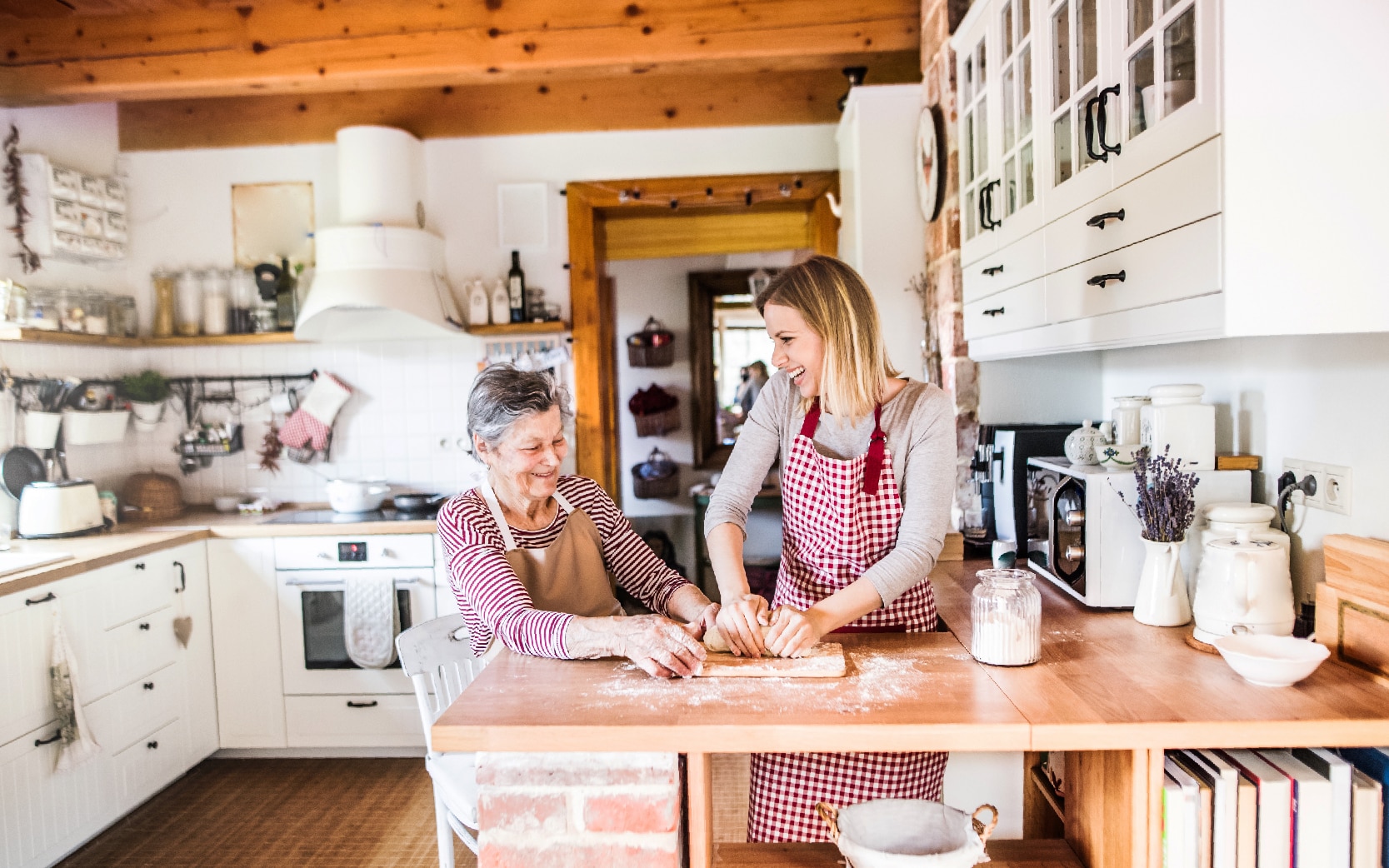Every year, more seniors choose to remain in their homes. While aging in place has many perks, it also takes some careful planning. Your home may need renovations to help you avoid accidents as you age. Aging-in-place design is the concept of creating safe and comfortable living spaces for homeowners as they age.
What Are the Benefits of Aging in Place?
While there are other options, aging in place is the first choice for most people. Staying in your house provides independence and comfort as long as the space is conducive to your changing needs. In some cases, the cost of aging in place is lower than the price associated with senior living communities.
Key Features of Aging-in-Place Design
There are many ways to make your home more accessible, such as adding a stairlift or mobility lift to accommodate elevation changes. Handrails and ramps can also help increase safe mobility.
To make the most of your forever home, consider home modifications that will work for you as you age. Some tasks that may be second nature today could get more complicated over the years. Aging-in-place design considers the onset of health complications, such as balance issues, reduced vision, and decreased mobility.
Accessibility
Did you know that hallways, room openings, and doorways should be at least 36 inches wide to accommodate wheelchairs? Creating a space that’s easy to move around is essential for aging adults.
Safety Measures
Safety is of the utmost importance for seniors to reduce the risk of falls and accidents. Non-slip flooring, such as cork, rubber, and linoleum surfaces, is a common choice in aging-in-place design. If you need to keep your carpets or rugs, replace them with safer options wherever possible. Securing them with non-slip backing and ensuring edges are flush with the floor can also reduce falls.
Another way to create a safer living environment is to add more lighting and replace traditional toggle switches with easy-to-use rocker panel switches. To make things easy, opt for motion sensor and smart lighting options.
Bathroom Modifications
While every room should be safe and accessible, focus on the bathroom first because that’s where accidents are most likely to happen. Aging-in-place design calls for non-slip surfaces and grab bars in the shower and on both sides of the toilet. You can also opt for a lever or hands-free faucet and low-level storage for your bathroom vanity.
Importance of Home Design for Aging in Place
Aging-in-place design follows the principles of universal design, which is the practice of creating usable spaces for all people without the need for adaptation.
If the home is not conducive for aging individuals, there is a higher risk of injury, such as falls due to cluttered spaces or slippery floors. Aging-in-place design is especially important for people who want to maintain their independence and age gracefully in the comfort of their homes.
Aging-in-Place Solutions From Havenside
Are you ready to begin planning to age in place? Havenside is here as your trusted partner.
Our team understands the importance of staying independent in your home, so we take a collaborative approach to get you the right solutions. We’re careful to explain your options so you can make an educated decision.
At Havenside, our services help you age safely and comfortably. From bathroom modifications to lifts and ramps, our team is here to help you enjoy the next stage of life at home.

